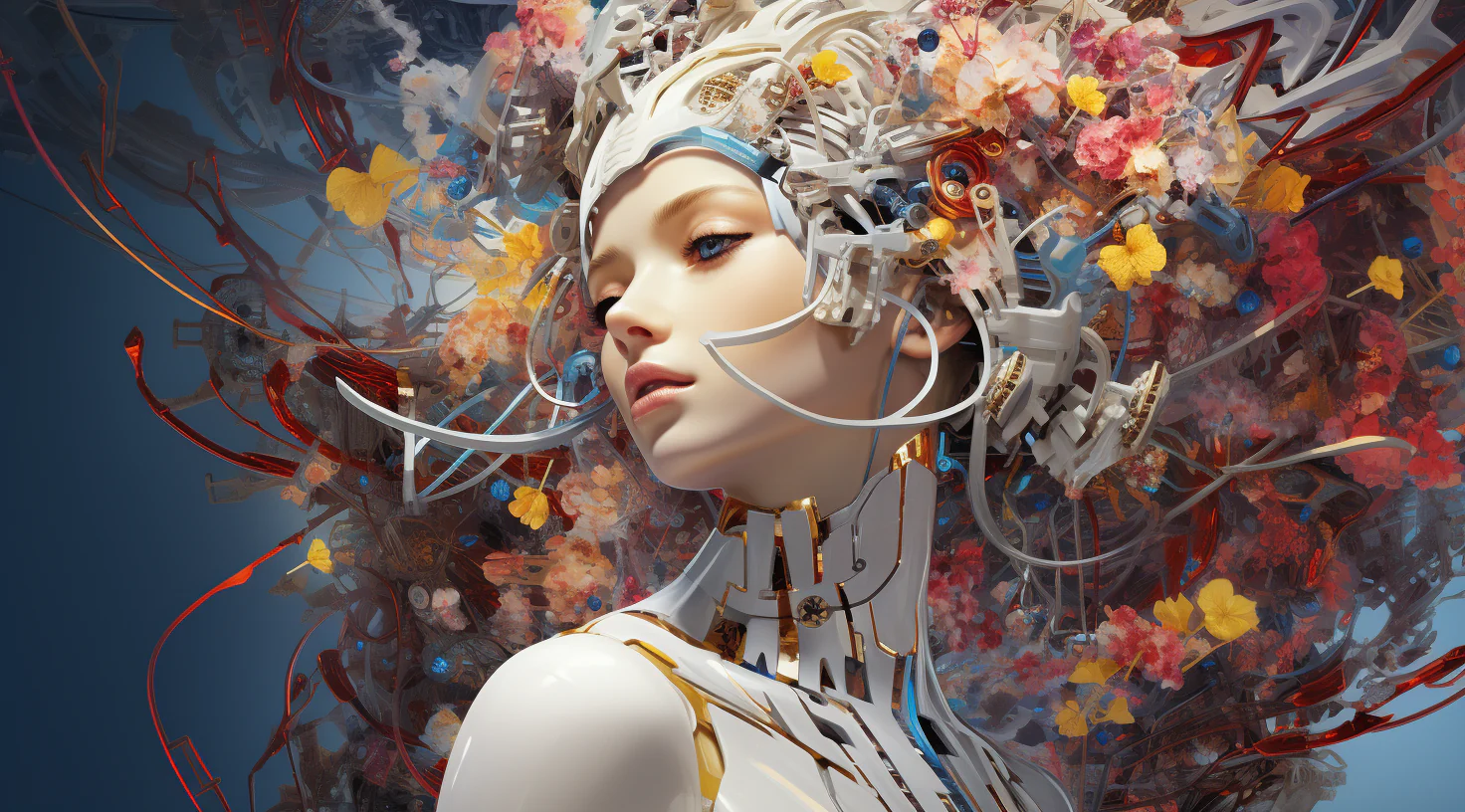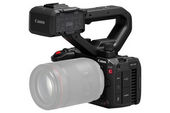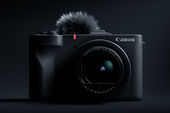Deepfakes, FaceSwaps, and AI Art: How to Tell Real from Fake Visuals in 2025

In 2025, the line between real and artificial images is blurrier than ever. With advancements in AI-powered tools like Deepfakes, FaceSwap apps, and generative AI art platforms, it has become increasingly difficult to distinguish between authentic content and synthetic creations. From political misinformation to viral social media pranks and photorealistic AI-generated art, manipulated visuals are now everywhere — and more convincing than ever.
Want to check if an image is real? Use Pic Detective, a privacy-first reverse image search engine that helps you trace image origins quickly and securely, without tracking or storing your data.
What Are We Up Against?
Let’s break down the three dominant forms of AI-generated visual content today:
1. Deepfakes
Deepfakes are synthetic videos or audio where a person’s face or voice is convincingly replaced using AI. Originally used in film and entertainment, they are now tools for misinformation, fraud, or even impersonation.
-
How it works: Deep learning models analyze hours of footage to recreate facial expressions and voice patterns accurately.
-
Common use cases: Fake political speeches, revenge porn, celebrity hoaxes, scam calls.
2. FaceSwaps
A more accessible form of deepfake technology, FaceSwap apps let users swap faces in videos or photos with just a few taps.
- How it works: These tools use facial landmark detection to map and replace faces in media.
- Risks: Often used in memes, but can also be exploited for identity manipulation or disinformation.
3. AI Art (Generative Images)
Tools like Midjourney, DALL·E, and Stable Diffusion create entirely new images based on text prompts. The results are increasingly photorealistic — but not real.
- Use cases: Stock images, social media art, fake news illustrations, and misleading marketing materials.
Why This Matters
AI-generated visuals are more than just fun filters. They’re reshaping:
Public opinion and politics (e.g., fake protest videos)
Trust in journalism
Cybersecurity and scams
Art and copyright issues
The speed at which this tech is evolving means anyone, from casual users to bad actors, can create hyper-realistic fake content.
How to Detect Synthetic Images and Videos
While there’s no magic solution, a combination of tools and critical thinking can go a long way.
1. Visual Literacy: Train Your Eye
Start by analyzing images for unnatural details:
- Asymmetrical features (eyes, ears)
- Inconsistent lighting and shadows
- Misshapen hands or extra fingers
- Backgrounds that blend strangely
- Glasses with mismatched reflections
AI often gets better at generating faces but still struggles with contextual logic (e.g., ear shapes, text on signs).
2. Reverse Image Search
If the image is circulating online, there's a chance it has appeared before — in a different context.
- Tools like Pic Detective allow you to upload a photo and instantly see where else it appears online.
- Use it to detect reused, cropped, or stolen images.
This is especially helpful with suspicious product photos, dating profiles, or viral content.
3. Use Deepfake and AI Detection Tools
In 2025, many platforms will now offer AI-content detectors:
- Reality Defender (real-time content scan)
- Hive Moderation (used by social platforms)
- AI or Not (detects GAN-generated images)
- Sensity AI (deepfake video detection)
While not foolproof, these tools analyze digital “fingerprints” left by AI models and offer probability-based assessments.
4. Metadata & Source Verification
Check the image or video file’s metadata (EXIF data) for:
- Original creation date
- Device used
- GPS location (if enabled)
Beware: most platforms strip metadata when content is uploaded, but if you receive a raw file (e.g., via email), this method can be revealing.
5. Contextual Cross-Checking
Ask:
- Is this image published by a credible source?
- Does it match current events or timelines?
- Are there other angles or witnesses?
Always verify through multiple trusted news outlets, satellite images, or official social media pages.
Red Flags That Suggest AI-Generated Content
|
Red Flag |
Explanation |
|
Perfect symmetry |
Human faces are naturally asymmetrical |
|
Dreamlike or surreal elements |
AI art often adds unnecessary flourishes |
|
Unreadable text in the image |
Generative tools struggle with text |
|
Unnatural movement in videos |
Deepfakes may have jittery eyes or off-sync lips |
Best Practices for the Public in 2025
- Don’t share before verifying — even if the image is viral.
- Install verification plugins for Chrome or Firefox.
- Teach visual literacy in schools and online communities.
- Follow AI ethics and fact-checking channels on social media.
- Report synthetic content when spotted, especially in news or political posts.
Final Thoughts: Truth in the Age of AI
We are entering a post-truth era where what we see can no longer be trusted at face value. But this doesn’t mean we are powerless. By combining intelligent tools like Pic Detective with a healthy dose of skepticism and digital literacy, we can protect ourselves — and others — from falling for convincing fakes.
As AI continues to evolve, so must our awareness. Stay curious, stay cautious, and always question what you see online.










